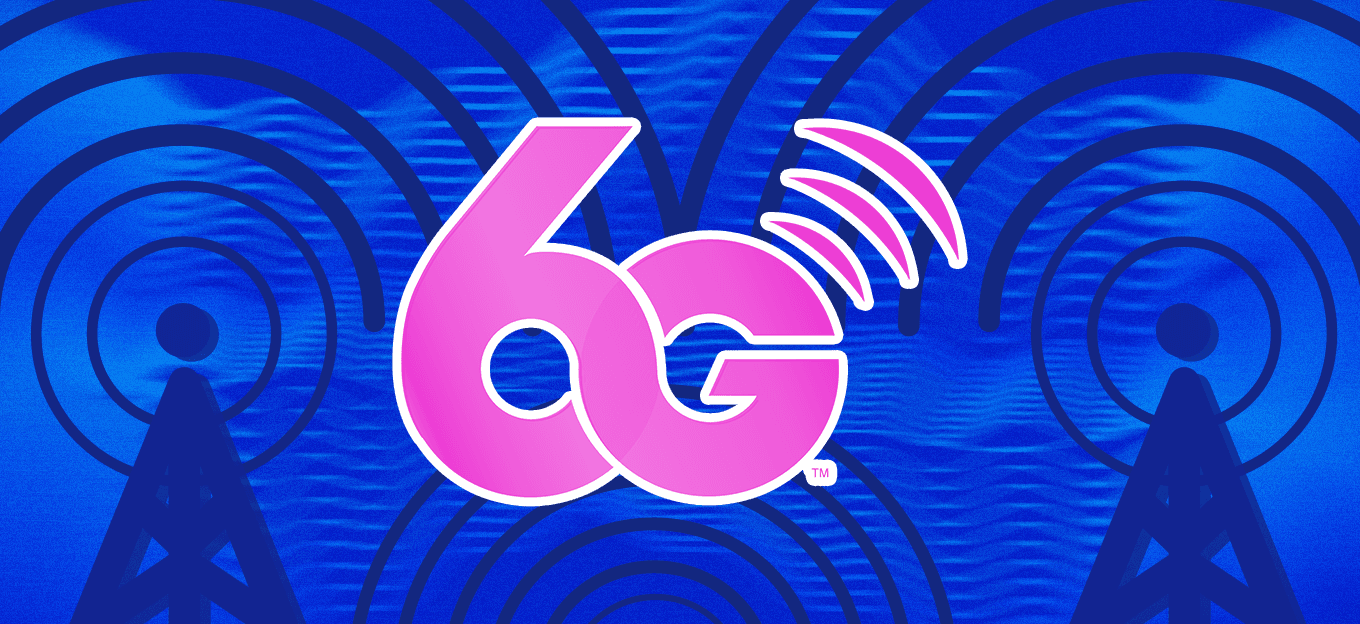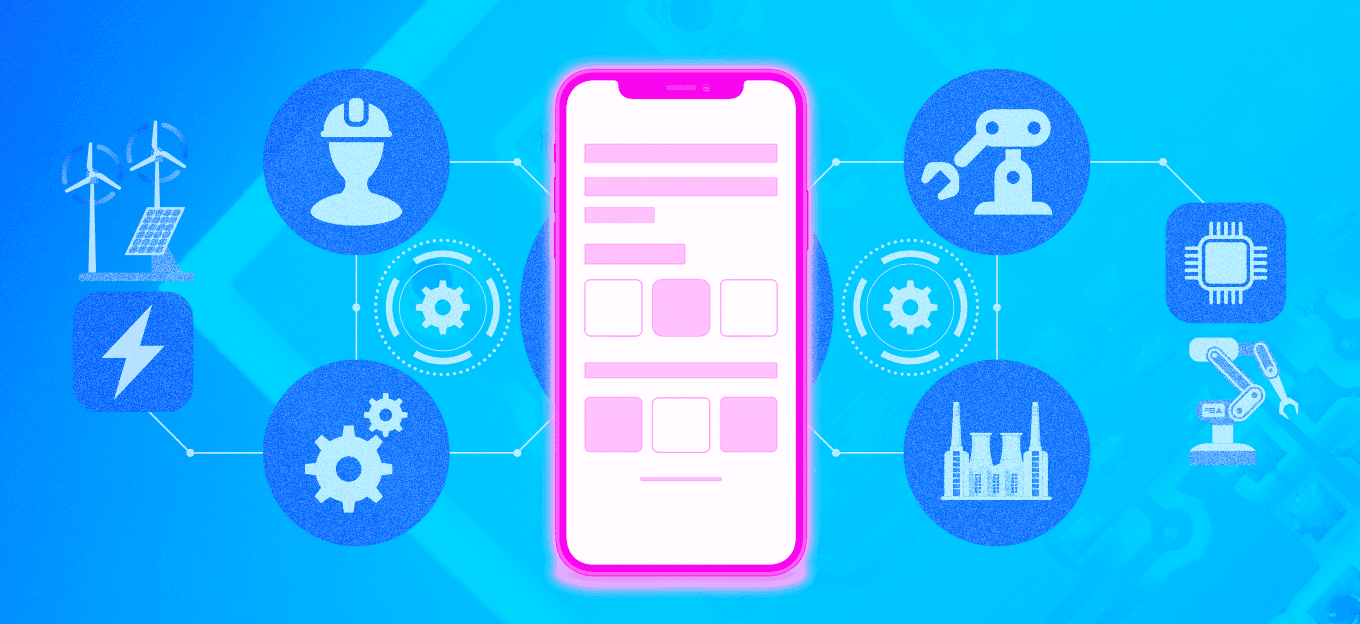The (Network) Core of Connectivity in Mobile Telecoms
The (Network) Core of Connectivity in Mobile Telecoms
- Last Updated: December 2, 2024
ZARIOT
- Last Updated: December 2, 2024



The core network typically stays imperceptible in cellular communication systems, unlike radio access networks, which reveal visible elements such as cell towers. But what is a core network, what does it do, and why do these functions matter to you as an end-user?
Let's take a look at the role of a core network and highlight the distinct benefits of having a connectivity provider with core network ownership.
Core Network in the Mobile Telecom Industry
The core network in mobile telecoms is the central element of a network that provides services to customers who are connected by the access network. Essentially, it controls all devices that are connected to it and determines any service they are allowed to use.
It is also the gateway to other networks to interconnect with, either for voice calls, internet, private or public clouds, or private enterprise networks.
Since it acts as a control center, there are several vital services that it provides:
- Subscriber authentication – Makes sure a subscriber is who he claims to be
- Subscriber services – Determines which services subscribers can access (e.g., SMS, voice, data)
- Subscriber networks and countries – Controls geographically where services can be used
- Service usage – Visibility intro how much credit a subscriber has left for data or SMS
- Usage rating – Tracking the consumption of data or SMS is known as usage rating.
Core Network: Vital for IoT Connectivity Provider
A core network is vital in mobile telecoms, handling crucial functions like traffic routing, authentication, authorization, and billing. Building a core isn't essential, but owning one enhances a connectivity provider's ability to meet IoT deployment demands.
Essentially, ownership amounts to control. Specific customer demands can be met beyond the standard offering of traditional mobile network operators (MNOs).
This includes but is not exclusive to:
- At the SIM level, blocking networks allows subscribers to avoid low-quality service areas and connect to superior networks.
- Enabling point-to-point protocol (PPPoE) for SIMs. It allows users to maintain site-to-site connection with LTE backup.
- Monitoring the SIM at a signalling level. Full visibility via the portal, showcasing the most recent activities from the device.
- Designing our SIM profile and owning OTA keys enables subscribers to store a blockchain token on a SIM and update it remotely.
Thick MVNO
A "thick" MVNO owns a complete core network, utilizing other operators' radio access networks to connect devices. Building and maintaining a core network is not an easy task: it’s resource-consuming, takes time, and requires deep telecommunications expertise.
Thick MVNOs have flexibility in connectivity offerings, enabling tailored solutions for specific use cases. Besides the outlined features, a core network has additional characteristics impacting your device fleet.
Core Network Characteristics
Latency
Latency can vary depending on the use case and the device type. However, it's also crucial to grasp that the core network architecture defines the actual level of latency.
Whenever an IoT device sends data using a cellular connection, it first goes through the mobile core network to its destination. If the device is roaming, the data it sends still would need to travel to the connectivity provider’s data center before going to its receiving point.
It can significantly increase latency, especially for global deployments, making the geographical architecture of a core network important.
Reliability
Since the core network has a crucial role in routing traffic, it needs to be reliable. With core network ownership, a connectivity provider can quickly react to any type of issue since they have immediate access, constantly analyzing its performance to make quick, necessary changes, to save subscribers time and money.
Scalability
With some IoT deployments, the core network must be ready for the exponential growth of traffic or geographical expansion. This will allow it to cope with the increasing traffic demand when scaling up an IoT fleet from proof of concept to global deployment.
Device Management & Visibility
The network core is also instrumental in managing devices, which is especially challenging when almost 20 percent of device fleets now amount to tens of thousands of units. Again, this makes device management effective, with full visibility into network events to provide all information on data usage for every device instantly.
Companies can also share this information with customers, frequently utilizing customizable reports or notifications.
Compliance
Most countries have already enacted legislation on data localization and data sovereignty, which may prohibit the data generated and gathered inside the country from leaving its borders.
Complying with local regulations for global IoT deployments can pose a serious challenge because some elements of a core network must be available in every country where the devices are deployed. With core network ownership, an MVNO can deploy local key elements to comply with specific requirements on data sovereignty.
The Most Comprehensive IoT Newsletter for Enterprises
Showcasing the highest-quality content, resources, news, and insights from the world of the Internet of Things. Subscribe to remain informed and up-to-date.
New Podcast Episode

Moving Past the Pilot Phase in IoT and AI
Related Articles



